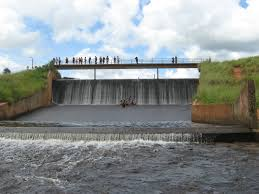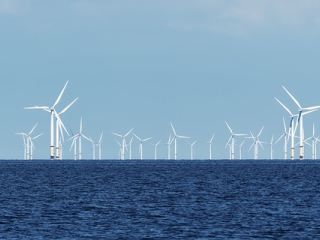
The contribution of renewable energy sources such as wind, marine hydrokinetic and hydroelectric to global power is set to increase in the future due to efforts to reduce reliance on polluting, non-renewable sources. Although they do not create the same polluting emissions there are serious ecological impacts to almost all forms of small and large-scale in-shore, coastal and offshore projects including;
- Interference with animal behaviours including inhibition of animal migration;
- Alteration of convectional marine tides;
- Alterations in flow and alluvial regimes;
- Habitat alteration in ecological regions from benthic to epibenthic zones;
- Habitat destruction;
- Noise disturbance; and
- chemical toxicity
The exact nature, scale and significance of these biophysical changes for a particular location is dependent on the size and spatial arrangement of structures, the physical characteristics of individual structures and the prevailing physical, chemical and biological characteristics of the location. Projects typically require adaptive management plans that go further than simple environmental impact statements to deal with the multi-faceted interaction of devices and the biophysical changes that these make upon wider ecosystems and those who depend on them for their livelihoods.
Services that MRAG consultants are proficient in offering include;
- Research into the localised impact of structures;
- Baseline surveys in a number of locations to support decisions about the suitability of sites, based upon the biophysical properties and socio-economic reliance within areas;
- Mapping of critical habitats and short and long-term impact analysis for these areas; and
- problem-solving adaptive management plans to provide the best solution to ameliorate impact on ecosystems, wildlife and those dependent upon areas for their livelihoods.
Projects
| Title | Region | End Date | |
|---|---|---|---|

|
A study providing an overview of the effects of offshore wind farms on fisheries and aquaculture
As a consortium partner, MRAG provided an overview of the effects of offshore wind… |
Europe | |

|
Adapting postharvest activities in the value chain of fisheries and aquaculture to the effects of climate change and mitigating their climate footprint through the reduction of greenhouse gases emissions
MRAG Europe, as lead partner of a consortium, has been contracted by CINEA within the… |
Europe |
